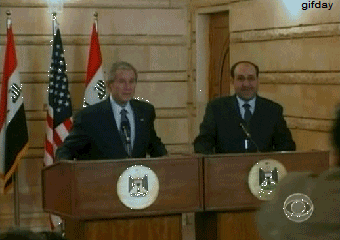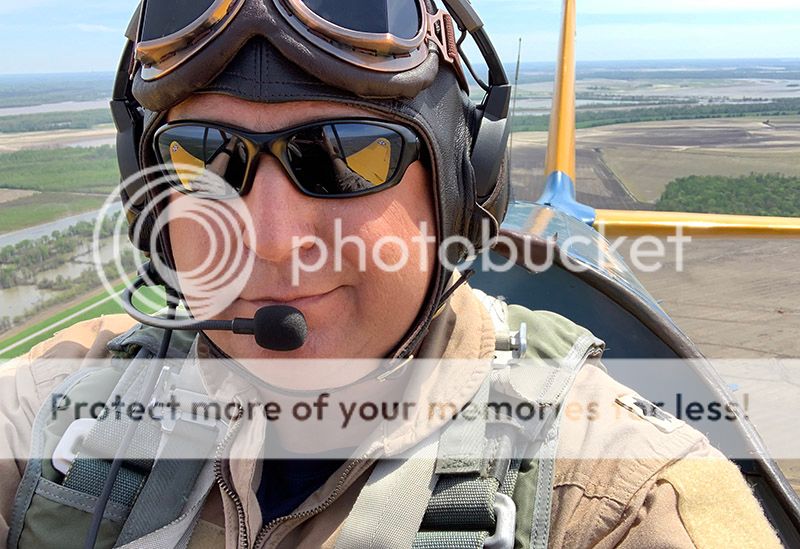- Joined
- Jul 3, 2012
- Messages
- 15,222
- Display Name
Display name:
Velocity173
Ah. The formation is spread well out to begin with. I had the visual of typical close formation and ‘breaking simultaneously’ was making the hairs on the back of my neck stand up.
Yeah plenty of sep. Although, the VV/VM did the fan break on occasion. That’s simultaneously in close formation. Usually not a very aggressive break from what I’ve seen.





